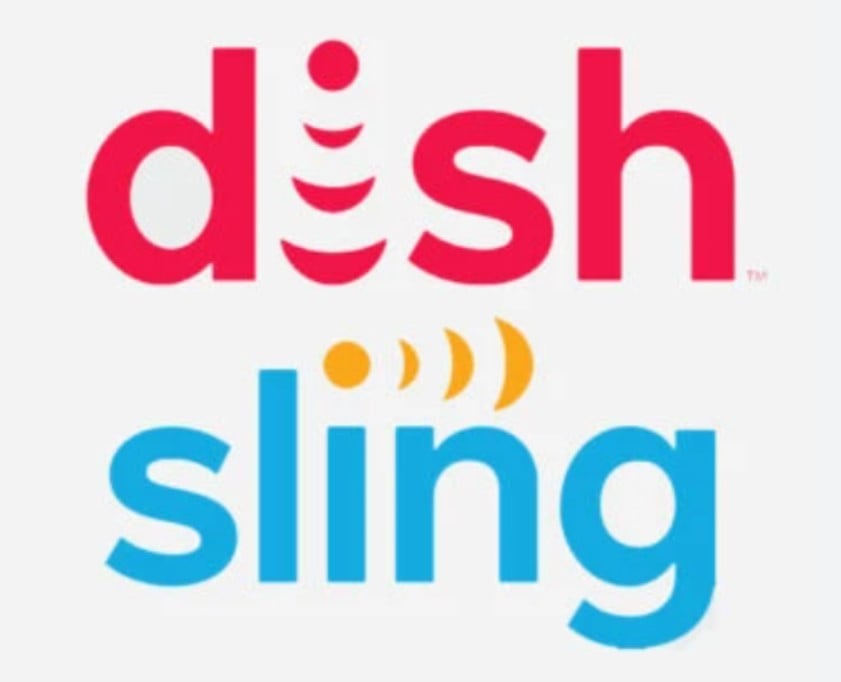It started with a hyperrealistic Croc-shaped cake filled with buttercream frosting and a roll of toilet paper that looked equally at home in the kitchen and the bathroom, delights fused together in a roll of footage that went viral on Wednesday.
By Sunday, it was fair to assume that if you were looking at something — at anything — it could be made of cake. The video had snowballed into a meme.
If watching a knife slice through what appears to be a can of White Claw fills you with strange delight and the science behind how our brains perceive fine art can offer an explanation.
The science of "everything is cake" — The internet is no stranger to hyper-realistic cake hype. The Buzzfeed Tasty video brought the joke to a new level. Featuring the hyperrealistic cakes of Turkish baker Tuba Geckil, the video quickly went viral, spawning over 149,000 retweets and over 338,000 likes.
The cakes are equally strange and satisfying. Rolf Nelson, a professor of psychology at Wheaton College who studies visual perception, says that's in part because these cakes create a "strange dissonance" in our brains.
"I think we're fascinated by the quality of the illusion — and there's the strange dissonance brought on by perceiving things in two ways," Nelson tells Inverse. To illustrate he points to the famous "rabbit-duck" illusion, an illustration that can be seen in two ways.
"In the cake example, we have a conflict of perceiving it as a face or as a cake. Because the face looks so realistic, it takes us a second to reconcile these two things," he continues.
That "strange dissonance" is actually the crux of a three-part cognitive journey adds Sander Van der Cruys, a postdoctoral fellow at the University of Leuven's Laboratory of Experiment Psychology.
That journey is what makes these cakes, and many pieces of art, so rewarding.
The satisfying cognitive journey – One of the reasons our brain enjoys art is that art sets up an expectation, then violates that expectation. Minds perform complex mental gymnastics to make sense of that new reality, Van der Cruys explains.
He points to the "satisfying" video of household objects below as an example. The video operates off recognizable objects like eggs, pencils, and lightbulbs, acting in totally unexpected ways.
Due to prior experience with these objects, we know how they should behave. An egg does not bounce. A can of White Claw doesn't have a buttercream frosting center. The "generative model" describes the way we expect items to behave — when they do not, the model, and our expectations, are broken.
When we discover we've made an error, the brain must adjust that generative model to allow for distortions. The brain makes sense of a change by likening those eggs to ping pong balls.
That process of adjustment can actually be fun for the brain.
"Sometimes it's more funny than aesthetic because we have the idea that art shouldn't cater to our urges in terms of predictability," Van der Cruys tells Inverse. "The cake examples you refer to can be treated the same way."
The more realistic the cake or art gets, the more our brains get to constantly adjust our expectations. Hyperrealistic art, explains Van der Cruys, takes things to a whole new level.
When we see intensely realistic art, we're trying to reconcile two facts: We know we are seeing a painting or a piece of art. On the other hand, our senses telling us that we're actually seeing the real thing. You look at a sculpture and you look at a man staring down a chicken.
When you see a hyperrealistic sculpture, like the one above, it's hard to believe — even for a moment — that it's not a person. But because of the context of your situation, it's clearly not real.
Whichever model you choose to use, the brain is going to vacillate back and forth between these two facts, Van der Cruys explains.
"What you see in hyperrealistic art is that the creator plays with that idea," he says. "We feel as if we are next to the actual depicted or sculpted object and the next moment we don't."
You might think that a Croc or a roll of toilet paper is just too realistic to be a cake. You also know from the context of the video (the knife bearing down on it), that it's probably not a shoe or a bathroom essential either. Existing in both worlds is strange, but somehow satisfying.
"cake" - Google News
July 14, 2020 at 07:00AM
https://ift.tt/2AW1Uyh
Why the "everything is cake" trend creates "strange dissonance" in the brain - Inverse
"cake" - Google News
https://ift.tt/2o81WMZ

No comments:
Post a Comment